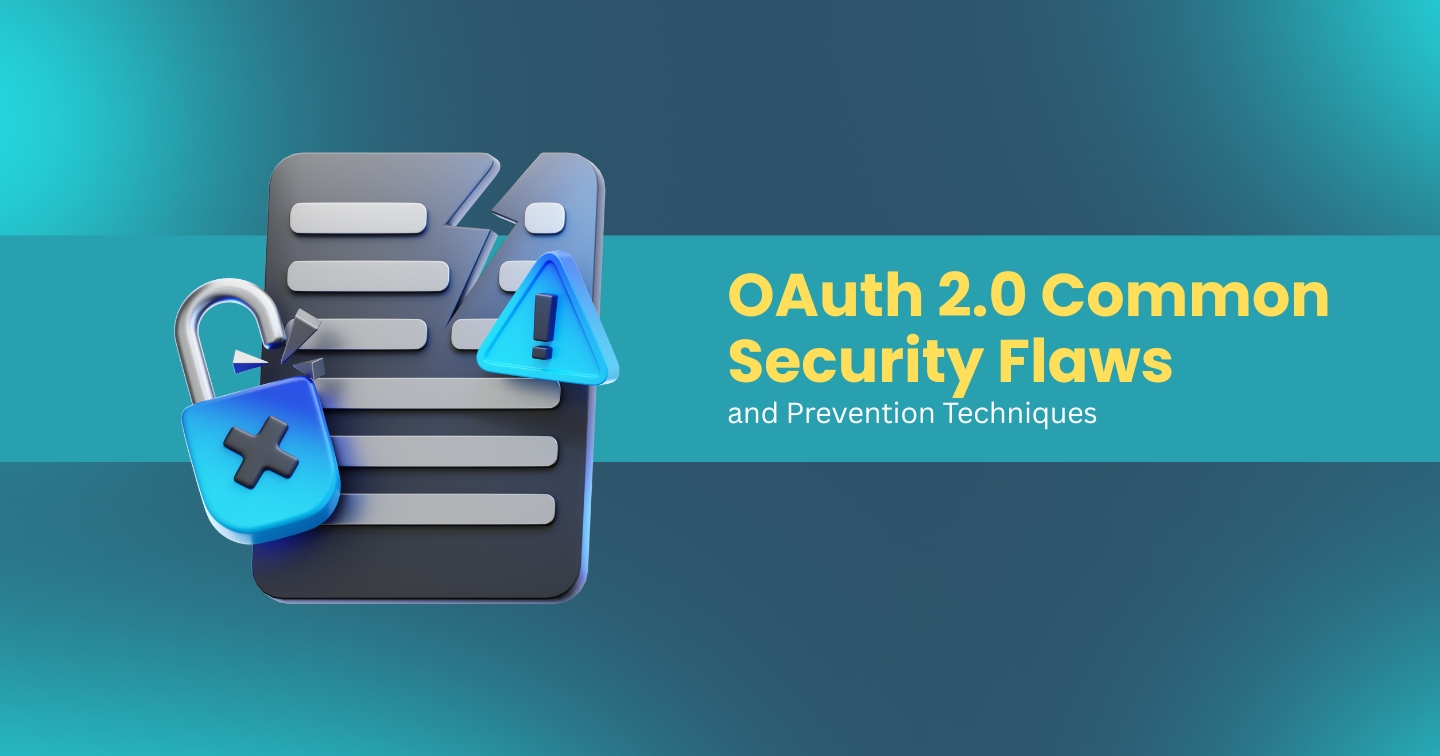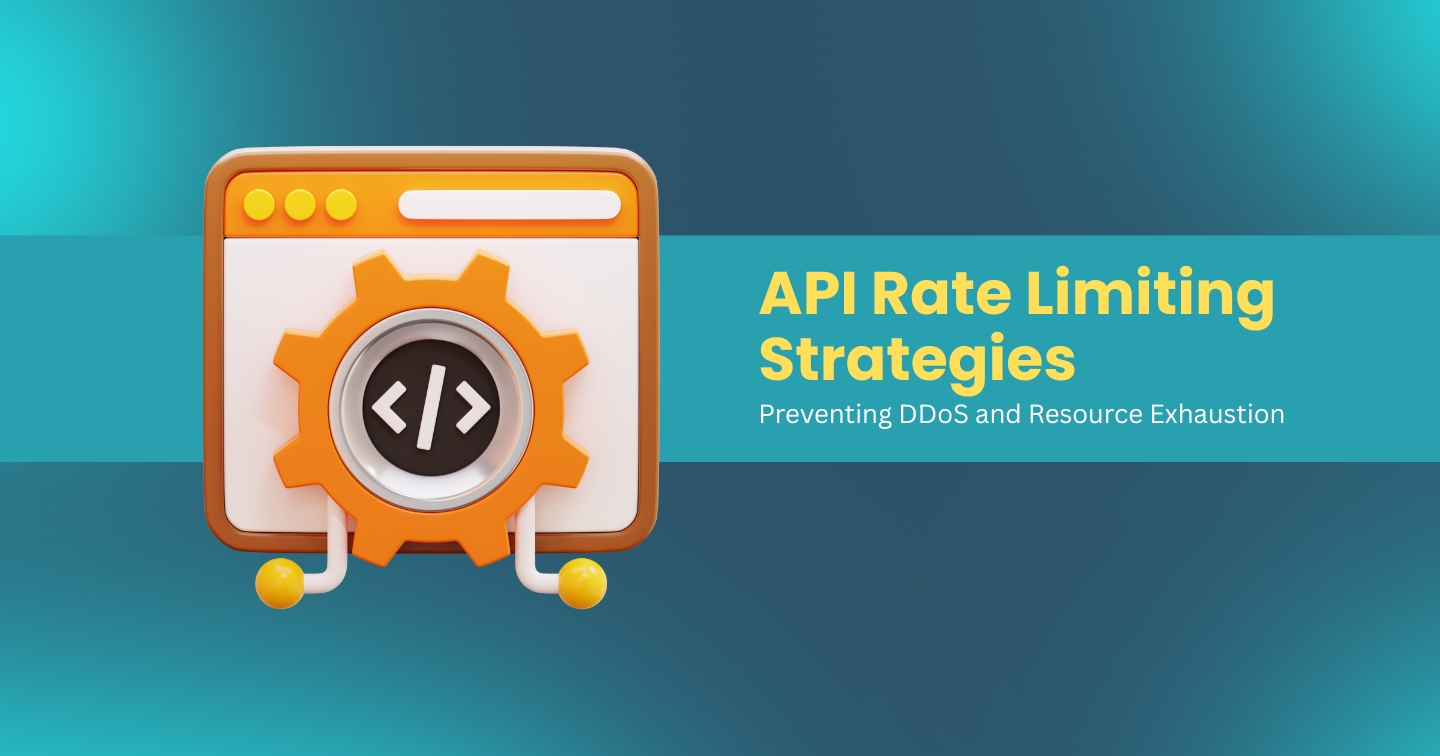Since roughly one in four Americans won't do any business with organizations that have had a data breach, comprehensive API security is vital to protect your reputation, the safety of your users' data, and your bottom line.
However, as anyone in the software development world knows, finding and fixing bugs is an ongoing process - there will always be another bug to fix. That's why continuous testing is so important, especially in APIs. In this article, you will learn why continuous API testing delivers better and safer products at scale and what it takes to achieve proper continuous API testing.
What Determines “Continuous” API Testing?
Continuous API testing runs ongoing, automated, evolving tests against an API to ensure high performance and security. This testing is typically carried out throughout the development lifecycle to catch any bugs or vulnerabilities before the API is released.
There are a few key factors that determine whether an API testing solution is truly continuous:
Automation: A continuous API testing solution should be automated to run tests independently, without manual intervention. This way, the testing process can keep up with the pace of development and ensure proper security testing against all changes before they're released.
Comprehensive coverage: A continuous API testing solution should provide comprehensive coverage of an API, including all endpoints and parameters, to ensure that no bugs or vulnerabilities slip through the cracks.
Adaptability: A continuous API testing solution should constantly evolve its tests to keep up with changes in the API landscape. As new threats arise, tests should be updated to address them.
Scalability: A continuous API testing solution should be able to scale up or down as needed, depending on the size and complexity of the API being tested.
Here is a summary of how each method stacks up:

Why is Continuous Security Testing so Hard?
Many CISOs and members of the AppSec community find it hard to believe that any platform can effectively automate API security testing to cover the entire OWASP list.
Those concerns are valid because finding the most dangerous vulnerabilities, like business logic flaws, is notoriously difficult because they're usually found deep within an application's code. To complicate the matter even further, business logic flaws aren't errors in the coding. Rather, these flaws exist in the application's logic, so any scanner looking for flaws in the code would fail to identify the dangerous vulnerabilities.
Application complexity, the vast number of endpoints, and ever-expanding potential attack vectors have historically made it impossible for any engineering team to programmatically test for all possible security flaws.
That's no longer the case.
With the help of recent advancements in machine learning, automated API testing platforms, like APIsec, provide continuous, comprehensive testing coverage of an API, including all endpoints and parameters.
Dev and security teams were historically stuck with limited options for protecting their APIs, the most popular being manual pen testing, vulnerability scanning, and bug bounty programs.
Let's quickly break down each testing method, how they work, and where they come up short.
Manual penetration testing is a process in which testers manually attempt to exploit vulnerabilities in an application.
Some concerning issues with manual pen testing include:
- It's time-consuming and expensive since it requires highly skilled testers manually writing hundreds or thousands of tests that can take weeks or even months to complete.
- It's a point-in-time test that doesn't cover continuous code updates leaving significant windows of high vulnerability in the time between pen tests.
Vulnerability scanning is similar to manual penetration testing but uses automated tools to scan for known vulnerabilities. Vulnerability scanning can be a fast and cost-effective way to find some security issues, but it has several limitations, including:
- It can only find known vulnerabilities, so as new flaws arise, they will go undetected.
- It can be noisy, creating many false positives that waste security and development resources chasing down phantom vulnerabilities.
- It can't find business logic flaws, which are often the most dangerous.
Continuous testing depends on api vulnerability scanning integrated into your CI/CD pipeline for every build and deployment.
Bug bounty programs consist of a crowd of ethical hackers who are paid to find and report vulnerabilities in an application. While this can be a helpful way to supplement other testing methods, it has several drawbacks:
- It’s time-consuming to set-up properly and requires continuous management to ensure researchers stay focused.
- It's reactive approach only tests for vulnerabilities after they’re in a production environment, leaving potential vulnerabilities exposed for weeks, months, or even years.
- It's often used as a replacement for other testing methods, which can be dangerous since it provides incomplete coverage.
Bug bounty programs, along with manual pen testing and vulnerability scanning, can often do more harm than good by creating a false sense of security.
Continuous testing is the only way to effectively protect your APIs from vulnerabilities, automating the entire process, including incorporating detailed reports directly into your CI/CD pipeline.
While pen testing, vulnerability scanning, and bug bounties can be valuable tools in your API security arsenal, they simply can't provide the same level of coverage or speed as continuous, automated testing.
Continuous Testing Starts with the Right Tools
The first step to protecting your APIs using continuous testing is finding the right tool. Up until this point, we have only covered continuous testing for API security, but that’s only one piece of the puzzle. To truly test your API continuously, you need to find a suite of tools that cover every part of the API journey from security to functionality. No matter what type of testing you want to run, you should evaluate solutions based on their ability to execute the options we covered earlier: automation, comprehensive coverage, adaptability, and scalability.
Next you should look at each solution’s ease-of-use, support, price, and any other feature that matters to you... here is a snapshot summary of tools that we love:

We actually broke these tools down in more detail when we wrote this post covering the Top 5 API Security Tools on the market today, when to use them, and why we recommend them.
Key Building Blocks of Continuous API Security Testing
Are you ready to start continuous API security testing? Here are three key steps to take as you work toward a continuous API security testing environment:
1. Identify any manual bottlenecks in your security process today, and automate them.
Automating as much as you possibly can is the cornerstone of continuous testing - not only will this strengthen your security, but it will free up your team to focus on other key tasks since testing will no longer require valuable human resources to perform (automation offers a significant, lasting ROI).
2. Integrate everything directly into Continuous Integration / Continuous Delivery
It’s highly likely your organization is already leveraging CI/CD technology to improve product quality and developer productivity. Don’t “re-invent the wheel,” rather, leverage these same processes/technology to test new code when it’s ready without needing to manually trigger a test.
3. Leverage your current developer feedback loop
Finding a security vulnerability is only the first half of API security testing. Someone needs to fix them. This often requires inter-team communication for security engineers to recruit developers to fix these critical issues.
As we mentioned before, there are existing processes you can leverage to deliver feedback to developers without the added manual step. Integrating with Developer Ticketing or Productivity software is a guaranteed way to prevent slowing the pace of development without missed issues, which may lead to deploying exploitable vulnerabilities to production.
Continuous testing requires a structured api security testing methodology to ensure every release is validated before production.
Ensure Continuous API Security Testing with APIsec
Continuous API security testing is well on its way to becoming the new norm thanks to its scalability, accuracy, and cost-effectiveness.
If you still haven't adopted continuous API security testing, you're almost guaranteed to leave your APIs exposed to data breaches and other cyber threats.
For years, organizations had to rely on pen testing, vulnerability scanning, and bug bounty programs to protect their API assets. APIsec offers a superior alternative to all of them.
By leveraging the power of AI and machine learning, APIsec can automatically generate and execute hundreds of custom-tailored attack scenarios based on the unique architecture of your API.
Check out this quick demo to see it in action:
Want to learn more? Get in touch with our team today to schedule a demo, or get a free vulnerability assessment.
FAQs
1. How does APIsec automate continuous API security testing?
APIsec.ai automates API security by running continuous, AI-driven tests across every build. It discovers endpoints, simulates real attacks, and validates logic and authorization, ensuring vulnerabilities are detected before deployment.
2. Which tool is best for API testing?
APIsec is the leading platform for automated API testing. It provides logic-aware, continuous scanning that catches flaws traditional scanners miss, making it ideal for both development and production environments.
3. How does continuous API testing differ from traditional API testing?
Traditional testing happens after development, while continuous API testing runs automatically with every update. It helps teams detect logic flaws, misconfigurations, and authorization issues in real time, preventing vulnerabilities before release.

.webp)

